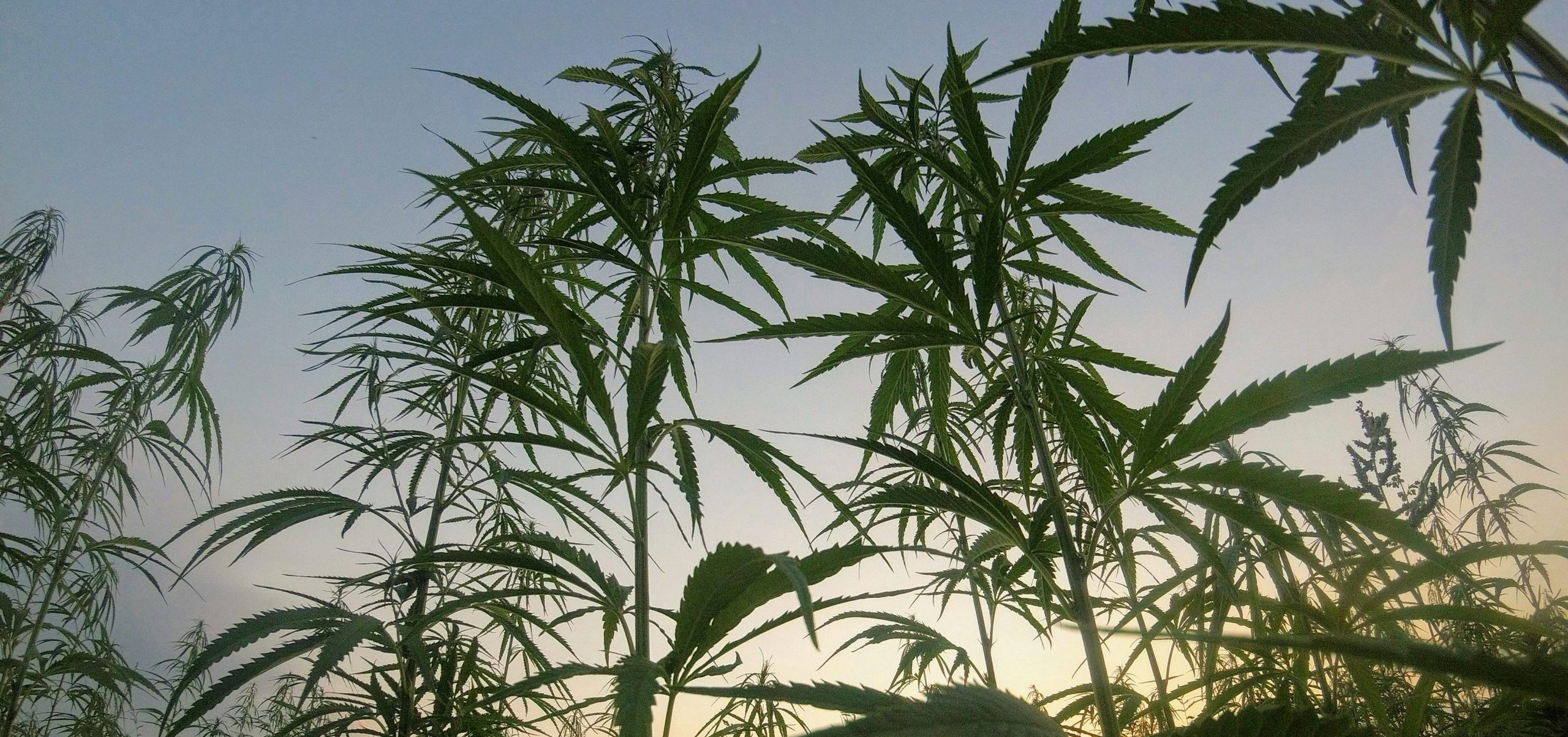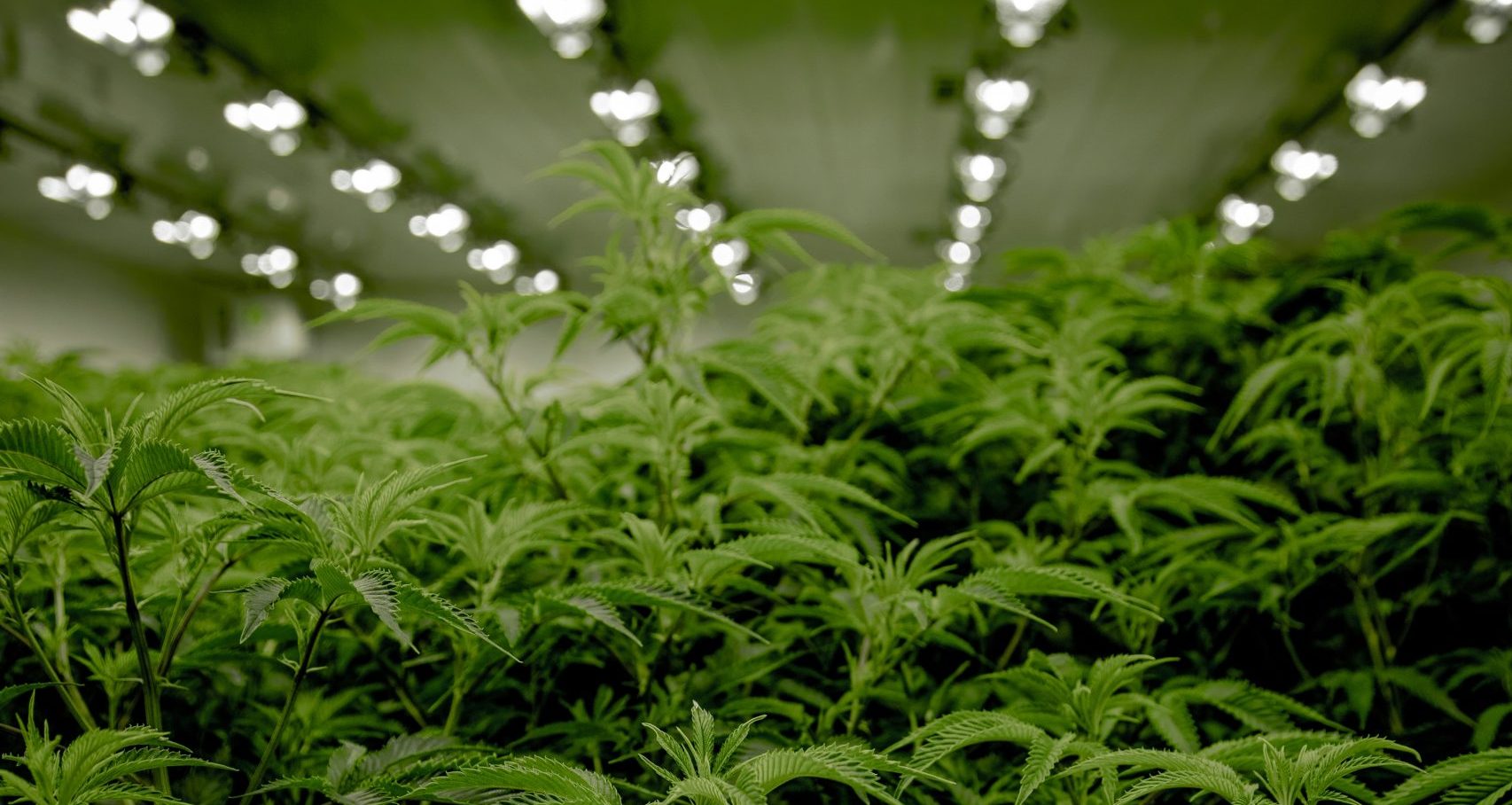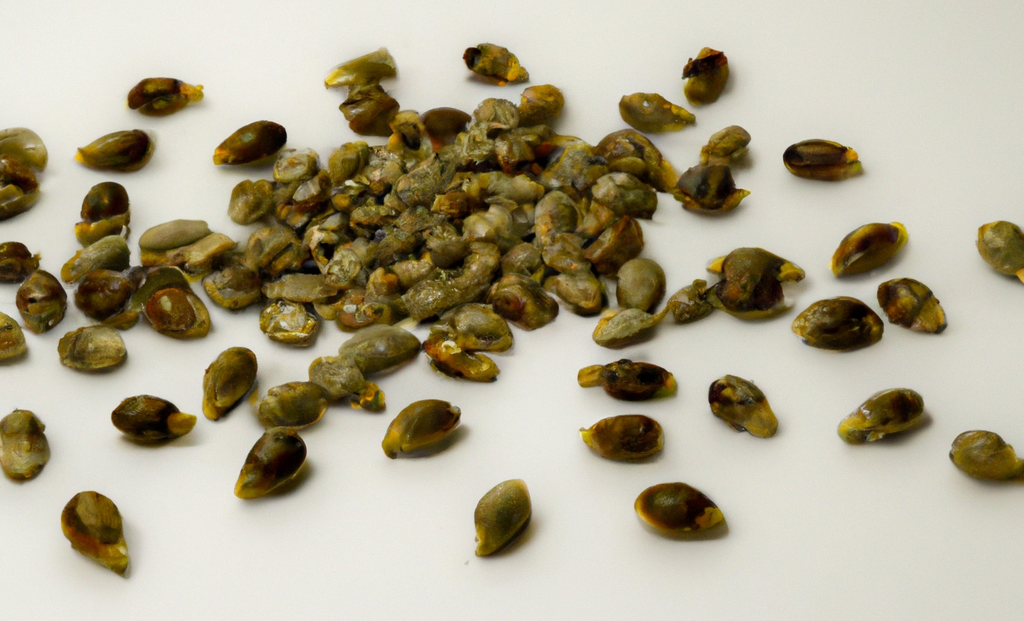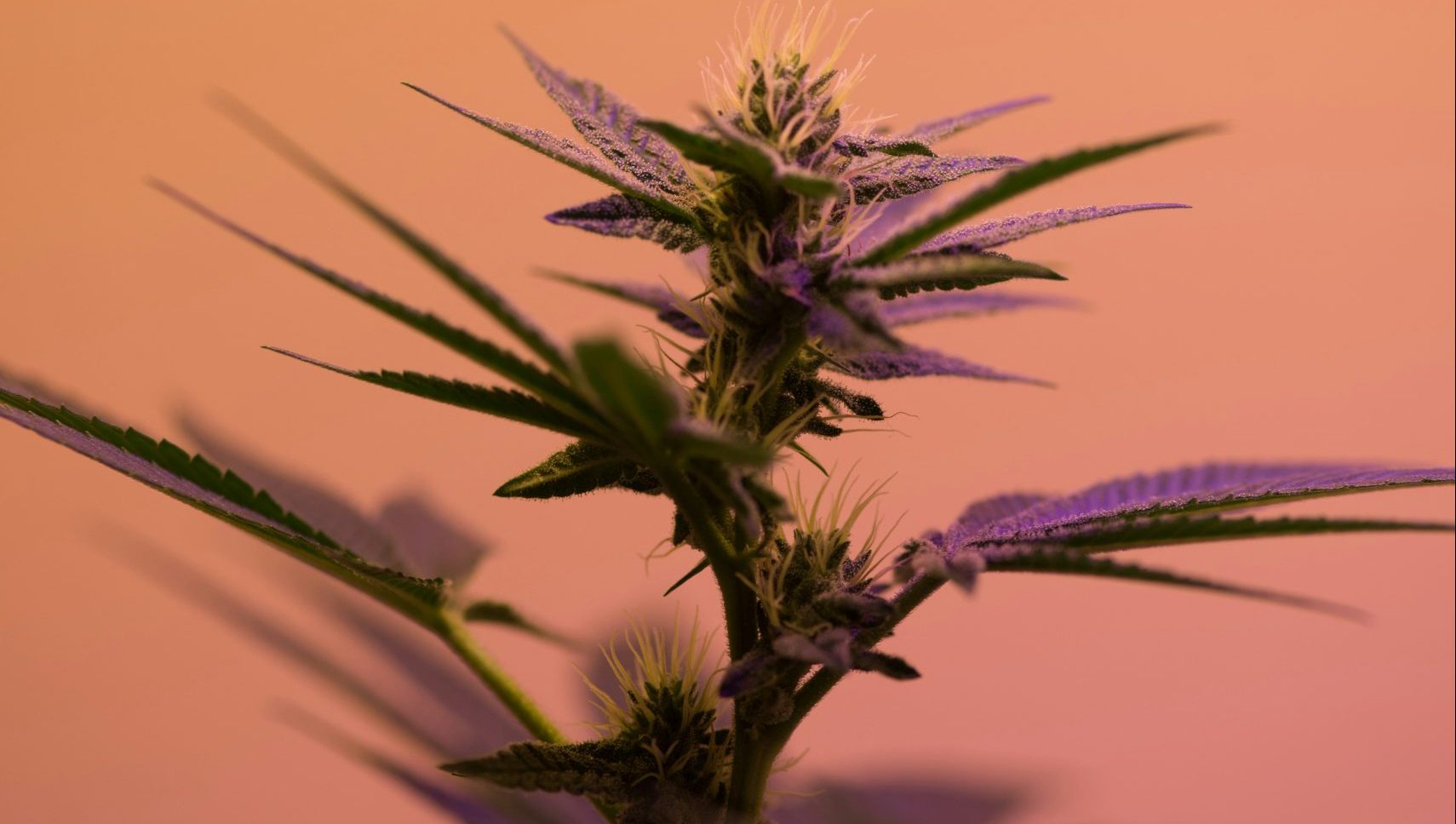The Australian hemp industry is experiencing a resurgence, driven by increasing consumer demand for sustainable and eco-friendly products. Once stigmatised and heavily regulated, the cultivation and use of industrial hemp are now gaining recognition for their numerous benefits and applications.
Introduction to the Australian Hemp Industry
Hemp has a long and storied history in Australia, with its cultivation dating back to the early days of European settlement. Initially grown for its strong fibres, which were used in the production of ropes, canvas, and textiles, hemp fell out of favour in the 20th century due to legal restrictions and misconceptions surrounding its association with marijuana.
However, recent years have seen a shift in public perception and regulatory changes, paving the way for the resurgence of the Australian hemp industry. Today, the cultivation and processing of industrial hemp are legal under strict licensing and regulations, with clear distinctions drawn between hemp and its psychoactive cousin, marijuana. These regulations ensure that industrial hemp production is focused on the plant’s valuable fibre, seeds, and other non-psychoactive components.
Market Overview and Trends
The Australian hemp industry is rapidly expanding, with a current market size estimated at over $35 million and a projected annual growth rate of 18%. This growth is driven by increasing consumer demand for sustainable and eco-friendly products across various sectors, including food, textiles, and construction.
Key product segments within the Australian hemp industry include:
- Food and nutrition products: Hemp seeds, hemp milk, hemp protein powder, and other edible products are gaining popularity for their nutritional benefits, including high protein content, healthy fats, and potential health benefits like improved digestion and reduced inflammation.
- Textiles: Hemp fibres are being used to produce a variety of textiles, such as clothing, ropes, and canvas, offering a sustainable and durable alternative to traditional materials like cotton and synthetic fibres.
- Construction materials: Hemp-based products like hempcrete (a mixture of hemp shiv and lime binder) and insulation materials are finding applications in sustainable construction practices due to their excellent insulating properties and eco-friendly nature.
Major players in the Australian hemp industry include ECS Botanics, Australian Primary Hemp, and Hemp Cooperative Ltd., each with a diverse range of product offerings and a commitment to sustainability.
Cultivation and Production
Australia’s diverse climate and soil conditions make it well-suited for hemp cultivation, with major growing regions located in New South Wales, Queensland, and Western Australia. Hemp farming practices involve careful planning and management, including crop rotation, integrated pest management, and water conservation strategies.
The processing of hemp involves several steps, including decortication (separating the fibres from the woody core), oil extraction, and fibre processing. These processes are carried out using specialised equipment and techniques to maximise the utility and value of the hemp plant while minimising waste.
One of the key advantages of hemp cultivation is its relatively low environmental impact. Hemp plants require less water and pesticides compared to other crops, and their deep roots help to prevent soil erosion and improve soil health. Additionally, hemp can be grown on marginal lands, making it a viable crop option for areas with poor soil quality or water scarcity.
Uses and Applications
The versatility of hemp makes it a valuable resource with a wide range of applications:
- Food and nutrition products: Hemp seeds, hemp milk, and hemp protein powder offer a nutrient-dense and plant-based alternative for health-conscious consumers. These products are rich in essential fatty acids, like omega-3 and omega-6, as well as proteins and other beneficial compounds like vitamins and minerals.
- Industrial and construction materials: Hemp fibres are being used in the production of textiles, ropes, and construction materials like hempcrete and insulation. These materials are not only sustainable but also offer excellent durability, insulating properties, and resistance to mould and pests. For example, hempcrete is a lightweight, breathable, and energy-efficient material that can be used for wall construction, providing excellent thermal and acoustic insulation.
- Emerging applications: Research is ongoing to explore the potential of hemp in areas such as biofuels, pharmaceuticals, and personal care products, with promising results emerging from these efforts. For instance, hemp-derived cannabidiol (CBD) is being studied for its potential therapeutic benefits in treating conditions like anxiety, pain, and inflammation.
Opportunities and Challenges
The Australian hemp industry presents significant opportunities for growth and expansion, driven by increasing consumer demand for sustainable and eco-friendly products, as well as potential export opportunities to international markets where hemp products are gaining popularity.
However, the industry faces several challenges, including regulatory hurdles and legal barriers that may vary across different states and territories. While progress has been made in clarifying the distinctions between hemp and marijuana, ongoing policy reforms are needed to ensure a supportive regulatory environment for the industry’s growth. This includes streamlining licensing processes, supporting research and development efforts, and promoting public education on the benefits and applications of industrial hemp.
Additionally, the industry must contend with lingering public perception and stigma surrounding hemp, stemming from its association with marijuana. Efforts are being made by industry stakeholders and advocacy groups to educate the public and promote a more positive understanding of the benefits and applications of industrial hemp. By highlighting the clear distinctions between hemp and marijuana, as well as the numerous sustainable and economic advantages of hemp cultivation, these efforts aim to dispel misconceptions and encourage wider acceptance and adoption of hemp products.
The Future Outlook
The future of the Australian hemp industry looks promising, with market projections indicating continued growth and expansion in the coming years. Industry reports and expert analyses suggest that the market could reach $200 million by 2027, fueled by increasing consumer demand and the development of new product applications.
Research and development efforts are underway to improve crop yields, develop more efficient processing techniques, and explore innovative uses for hemp in areas such as biofuels, pharmaceuticals, and personal care products. These efforts aim to unlock the full potential of hemp and drive further growth in the industry.
Moreover, the cultivation of hemp is increasingly recognized for its sustainability and environmental benefits. Hemp plants require less water and pesticides compared to other crops, and their deep roots help to prevent soil erosion and improve soil health. As concerns over climate change and environmental degradation continue to rise, the demand for sustainable and eco-friendly products like hemp is expected to grow, further driving the industry’s expansion.
Overall, the Australian hemp industry is poised for a promising future, offering a sustainable and versatile resource that can contribute to a greener and more environmentally conscious economy.






